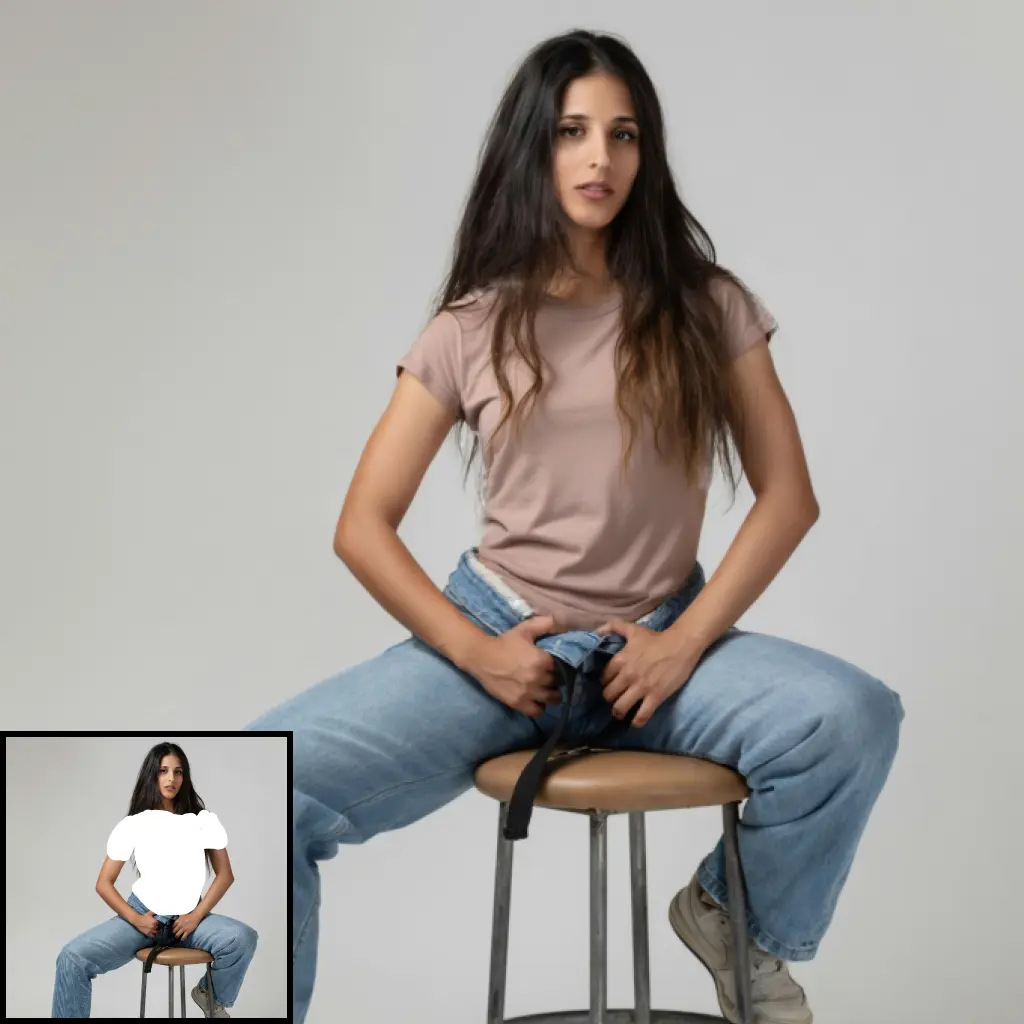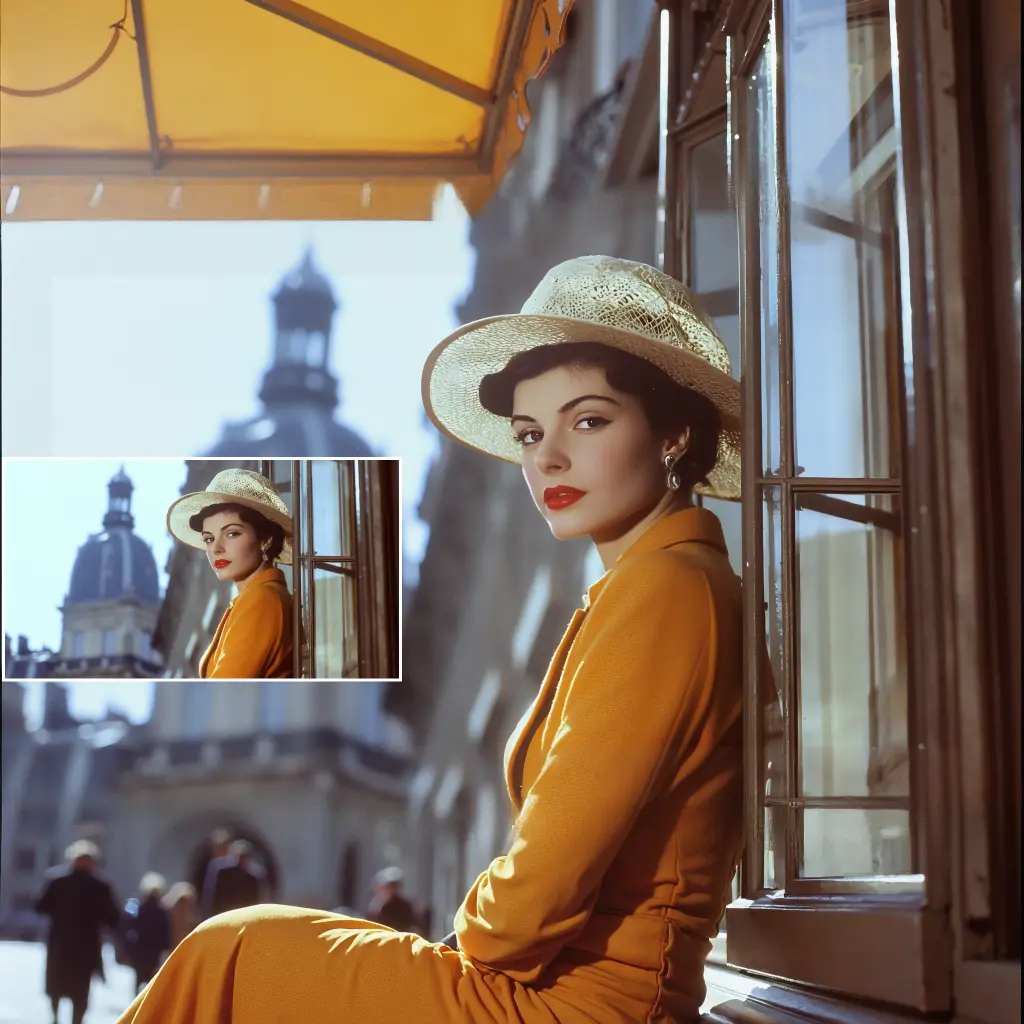ComfyUI Node: GetAniDocControlnetImages
GetAniDocControlnetImages
CategoryAniDoc
LucipherDev (Account age: 1820days) Extension
ComfyUI-AniDoc Latest Updated
2025-03-28 Github Stars
0.05K
How to Install ComfyUI-AniDoc
Install this extension via the ComfyUI Manager by searching for ComfyUI-AniDoc- 1. Click the Manager button in the main menu
- 2. Select Custom Nodes Manager button
- 3. Enter ComfyUI-AniDoc in the search bar
Visit ComfyUI Online for ready-to-use ComfyUI environment
- Free trial available
- 16GB VRAM to 80GB VRAM GPU machines
- 400+ preloaded models/nodes
- Freedom to upload custom models/nodes
- 200+ ready-to-run workflows
- 100% private workspace with up to 200GB storage
- Dedicated Support
GetAniDocControlnetImages Description
Generate lineart controlnet images for AniDoc framework, automating image preparation for animation workflows.
GetAniDocControlnetImages:
The GetAniDocControlnetImages node is designed to generate lineart controlnet images specifically for the AniDoc framework. This node is integral in transforming input images into a format that can be used for further processing in animation documentation workflows. By leveraging advanced image processing techniques, it extracts key features from input images and applies lineart detection to produce controlnet images. These images serve as a foundation for creating animations or enhancing existing ones, providing a structured and consistent visual output. The node is particularly beneficial for artists and developers working with animation pipelines, as it simplifies the process of preparing images for animation by automating the conversion to lineart formats.
GetAniDocControlnetImages Input Parameters:
input_images
This parameter accepts a collection of images that you want to process into controlnet images. These images serve as the base input for the node's operations, and their quality and content will directly impact the final output. The images should be in a format compatible with the node's processing capabilities.
lineart_detector
The lineart_detector parameter determines the method used to detect lineart in the input images. Options include "none", "canny", "hed", "lineart", and "lineart_anime", with "lineart" as the default. Each option represents a different algorithm or style of lineart detection, affecting the visual style of the output. For instance, "canny" applies edge detection, while "lineart_anime" is tailored for anime-style lineart.
sketch_quantization
This boolean parameter, defaulting to True, controls whether sketch quantization is applied to the images. Sketch quantization simplifies the image by reducing the number of colors, which can enhance the clarity of lineart and make the images more suitable for animation purposes.
width
The width parameter specifies the width of the output controlnet images. It accepts integer values ranging from 64 to 1024, with a default of 512. Adjusting this parameter allows you to control the resolution of the output images, which can be important for balancing detail and processing time.
height
Similar to width, the height parameter sets the height of the output images. It also accepts values between 64 and 1024, with a default of 320. The height and width together define the aspect ratio and resolution of the output, impacting the level of detail and the suitability for different animation contexts.
device
This parameter specifies the computational device used for processing, with options "cpu" and "cuda", defaulting to "cuda". Choosing "cuda" enables GPU acceleration, which can significantly speed up processing times, especially for large batches of images or high-resolution outputs.
GetAniDocControlnetImages Output Parameters:
controlnet_images
The output parameter controlnet_images consists of the processed images that have been converted into lineart controlnet format. These images are crucial for subsequent animation processes, as they provide a consistent and stylized representation of the original input images. The output is designed to be easily integrated into animation pipelines, facilitating the creation of animations or further image processing tasks.
GetAniDocControlnetImages Usage Tips:
- To achieve the best results, ensure that your input images are of high quality and have clear features, as this will enhance the effectiveness of the lineart detection.
- Experiment with different
lineart_detectoroptions to find the style that best suits your project needs, especially if you are working with specific animation styles like anime. - Utilize the
deviceparameter to leverage GPU acceleration with "cuda" for faster processing, particularly when working with large image sets or high resolutions.
GetAniDocControlnetImages Common Errors and Solutions:
"Invalid image format"
- Explanation: The input images are not in a supported format or are corrupted.
- Solution: Ensure that the images are in a standard format such as JPEG or PNG and are not corrupted before inputting them into the node.
"Lineart detector not found"
- Explanation: The specified
lineart_detectoroption is not recognized or not available. - Solution: Verify that the
lineart_detectorparameter is set to one of the available options: "none", "canny", "hed", "lineart", or "lineart_anime".
"Device not supported"
- Explanation: The specified
deviceis not available on your system. - Solution: Check your system's hardware capabilities and ensure that the correct device option ("cpu" or "cuda") is selected based on your available resources.
GetAniDocControlnetImages Related Nodes
RunComfy is the premier ComfyUI platform, offering ComfyUI online environment and services, along with ComfyUI workflows featuring stunning visuals. RunComfy also provides AI Playground, enabling artists to harness the latest AI tools to create incredible art.




